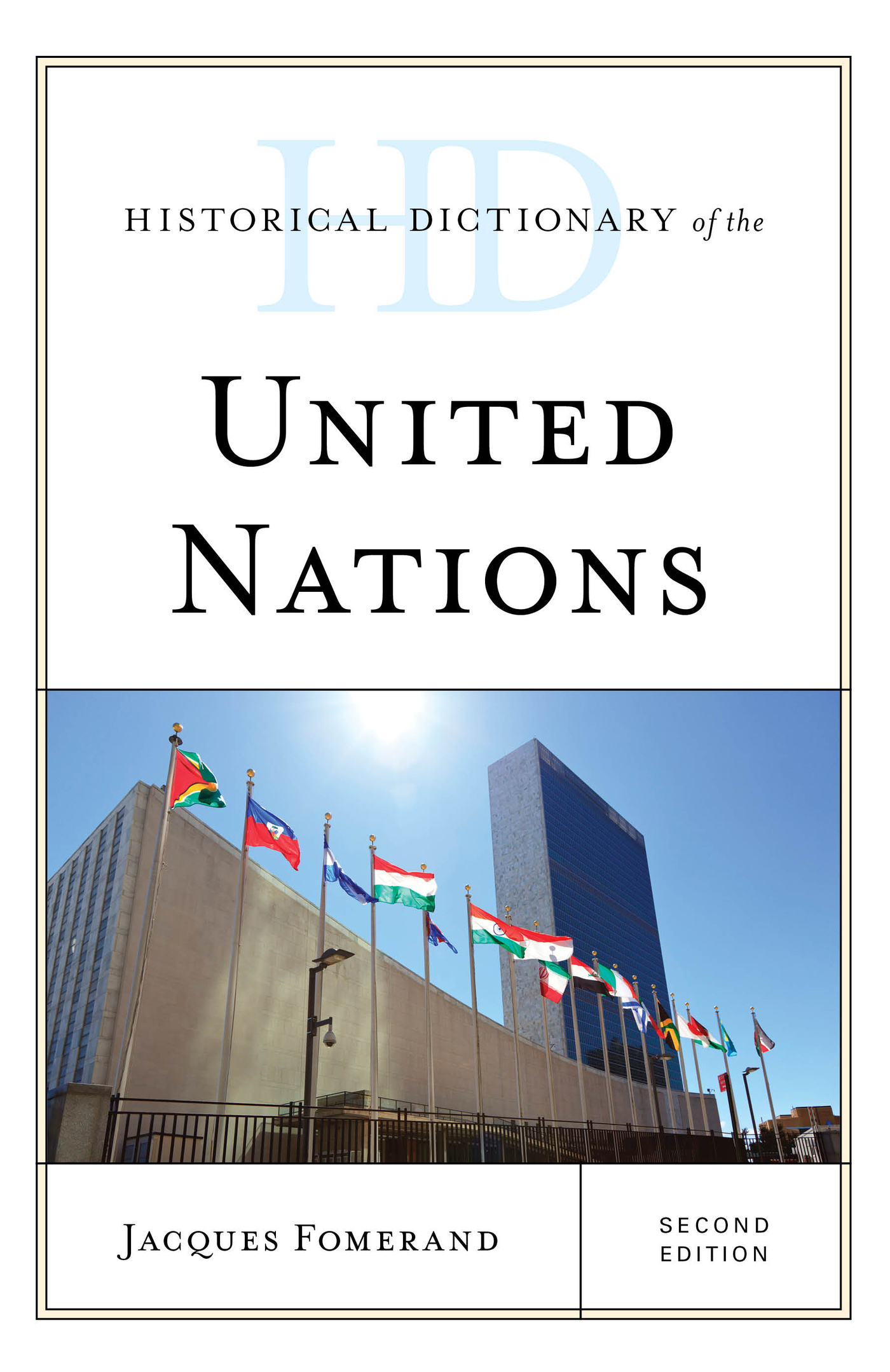The historical dictionaries present essential information on a broad range of subjects, including American and world history, art, business, cities, countries, cultures, customs, film, global conflicts, international relations, literature, music, philosophy, religion, sports, and theater. Written by experts, all contain highly informative introductory essays on the topic and detailed chronologies that, in some cases, cover vast historical time periods but still manage to heavily feature more recent events.
Brief AZ entries describe the main people, events, politics, social issues, institutions, and policies that make the topic unique, and entries are cross-referenced for ease of browsing. Extensive bibliographies are divided into several general subject areas, providing excellent access points for students, researchers, and anyone wanting to know more. Additionally, maps, photographs, and appendixes of supplemental information aid high school and college students doing term papers or introductory research projects. In short, the historical dictionaries are the perfect starting point for anyone looking to research in these fields.
Historical Dictionaries of
International Organizations
Jon Woronoff, Series Editor
European Organizations, by Derek W. Urwin. 1994
International Tribunals, by Boleslaw Adam Boczek. 1994
Aid and Development Organizations, by Guy Arnold. 1996
World Bank, by Anne C. M. Salda. 1997
United Nations Educational, Scientific, and Cultural Organization (UNESCO), by Seth Spaulding and Lin Lin. 1997
Inter-American Organizations, by Larman C. Wilson and David W. Dent. 1997
Refugee and Disaster Relief Organizations, Second Edition, by Robert F. Gorman. 2000
Arab and Islamic Organizations, by Frank A. Clements. 2001
International Organizations in Asia and the Pacific, by Derek McDougall. 2002
International Organizations in Sub-Saharan Africa, Second Edition, by Terry M. Mays and Mark W. DeLancey. 2002
League of Nations, by Anique H.M. van Ginneken. 2006
European Union, by Joaqun Roy and Aimee Kanner. 2006
United Nations, by Jacques Fomerand. 2007
Human Rights and Humanitarian Organizations, Second Edition, by Robert F. Gorman and Edward S. Mihalkanin. 2007
NATO and Other International Security Organizations, by Marco Rimanelli. 2008
International Organizations, by Michael G. Schechter. 2010
Multinational Peacekeeping, Third Edition, by Terry Mays. 2011
International Monetary Fund, Third Edition, by Sarah Tenney and Norman K. Humphreys. 2011
World Health Organization, Second Edition, by Kelley Lee and Jennifer Fang. 2013
Inter-American Organizations, Second Edition, by David W. Dent and Larman C. Wilson. 2014
World Bank, Second Edition, by Sarah Tenney and Anne C. Salda. 2014
International Organizations in Asia and the Pacific, Second Edition, by Derek McDougall. 2014
International Organizations in Africa and the Middle East, by Terry M. Mays. 2015
European Union, 2016 Edition, by Finn Laursen. 2015
Human Rights and Humanitarian Organizations, Third Edition, by Thomas E. Doyle, Robert F. Gorman, and Edward S. Mihalkanin. 2017
International Relations, by Peter Lamb and Fiona Robertson-Snape. 2017
United Nations, Second Edition, by Jacques Fomerand. 2018
Historical Dictionary of the
United Nations
Second Edition
Jacques Fomerand
ROWMAN & LITTLEFIELD
Lanham Boulder New York London
Published by Rowman & Littlefield
A wholly owned subsidiary of The Rowman & Littlefield Publishing Group, Inc.
4501 Forbes Boulevard, Suite 200, Lanham, Maryland 20706
www.rowman.com
Unit A, Whitacre Mews, 26-34 Stannary Street, London SE11 4AB
Copyright 2018 by Jacques Fomerand
All rights reserved. No part of this book may be reproduced in any form or by any electronic or mechanical means, including information storage and retrieval systems, without written permission from the publisher, except by a reviewer who may quote passages in a review.
British Library Cataloguing in Publication Information Available
Library of Congress Cataloging-in-Publication Data
Names: Fomerand, Jacques, author.
Title: Historical dictionary of the United Nations / Jacques Fomerand.
Description: Second Edition. | Lanham, Maryland : Rowman & Littlefield, [2018] | Series: Historical Dictionaries of International Organizations | Includes bibliographical references.
Identifiers: LCCN 2017033069 (print) | LCCN 2017035271 (ebook) | ISBN 9781538109717 (electronic) | ISBN 9781538109700 (hardcover : alk. paper)
Subjects: LCSH: United NationsHistoryDictionaries.
Classification: LCC JZ4984.5 (ebook) | LCC JZ4984.5 .B395 2018 (print) | DDC 341.2303dc23
LC record available at https://lccn.loc.gov/2017033069
 TM The paper used in this publication meets the minimum requirements of American National Standard for Information Sciences Permanence of Paper for Printed Library Materials, ANSI/NISO Z39.48-1992.
TM The paper used in this publication meets the minimum requirements of American National Standard for Information Sciences Permanence of Paper for Printed Library Materials, ANSI/NISO Z39.48-1992.
Printed in the United States of America.
To my parents, and to my sons, Thierry, Ross, and Marianthi
Editors Foreword
It is amazing just how much has been achieved since 1945 by the United Nations, an untried international organization in a world that was much more dangerous and complicated than the authors of its charter ever thought. Over the past seven decades, it has been laboring to accomplish almost unachievable goals laid down idealistically at its origin or imposed along the way. These include such vital tasks as maintaining peace and security while bringing erstwhile colonies to statehood (and membership). It has also had to contribute to economic prosperity through development aid and technical advice. It has been called on to look after refugees and increasingly to guarantee human rights. Then there was the need to contribute to health, education, and environmental protection, to say nothing of promoting gender equality and care of both the very young and the aged, and to guarantee human rights while also combating terrorism. Judging by the incredible number of conferences it has held, the conventions it has adopted, and, more palpably, the development projects it has launched and the peacekeeping operations it has managed, you would think that it would be generally appreciated. Probably it is by most. But there are as always complaints and presently particularly stridentand in some ways justifiedcalls for reform.
So this is a particularly good time to take another look at the past with a view to seeing what can be done in the future. Such an exercise is greatly facilitated by this second edition of Historical Dictionary of the United Nations. Its chronology traces the amazingly busy progression of the organization. The introduction balances its achievements against its failures and focuses on the need for reform. The dictionary section then examines the UN in greater detail, with literally hundreds of entries on its basic organs, subsidiary bodies, related specialized and other agencies, and nongovernmental actors as well as outstanding figures in its history. Other entries describe the many fields it deals with and the major activities in each. To facilitate reading this book, and anything else on the United Nations, there is a well-nigh indispensable list of acronyms. Finally, the substantial bibliography directs readers to essential sources of information, including both internal documentation and external assessments.



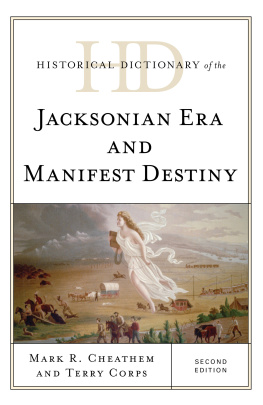
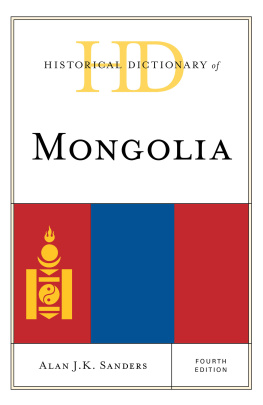
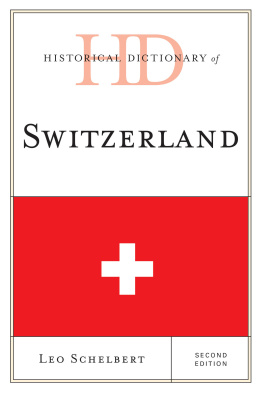


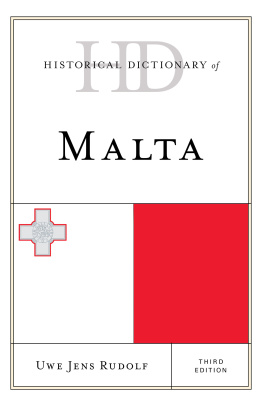
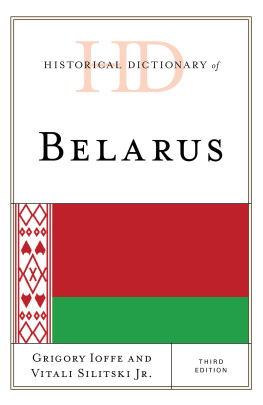
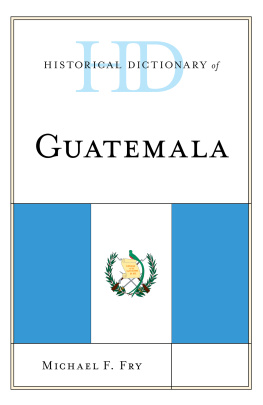
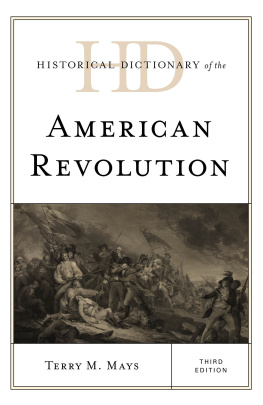
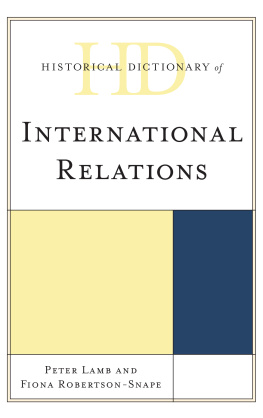
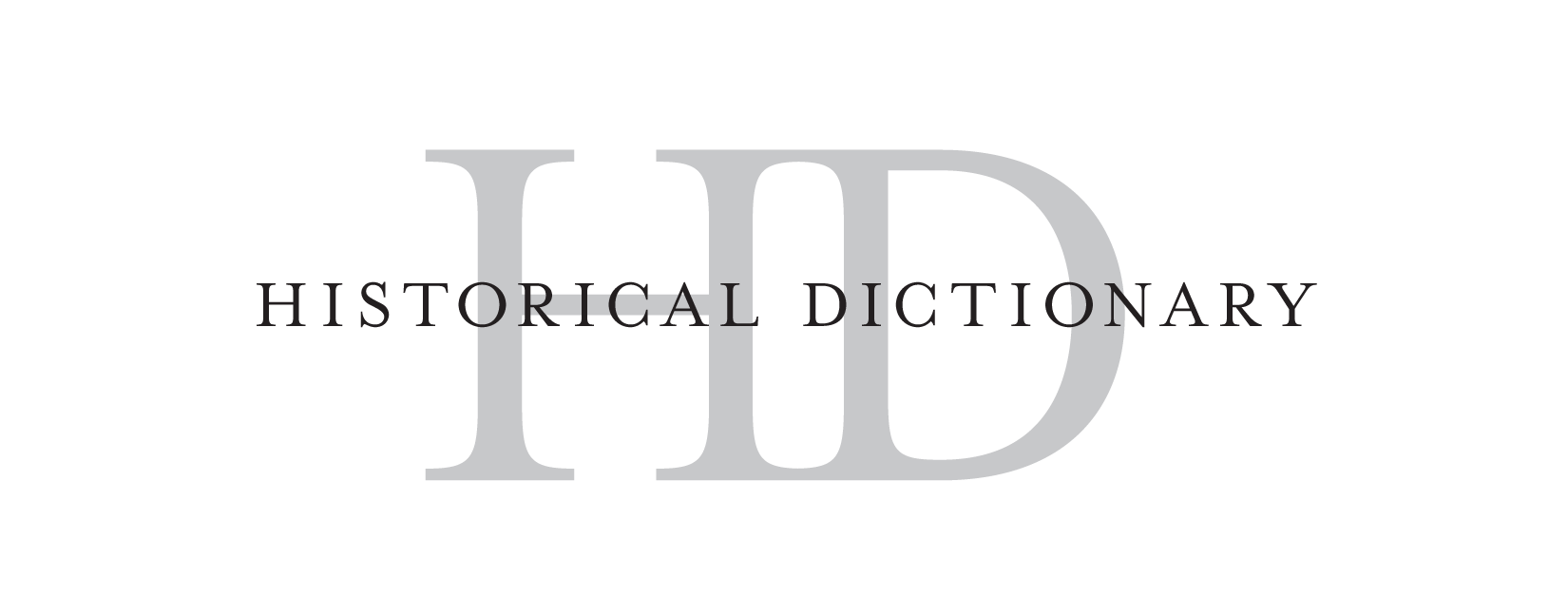
 TM The paper used in this publication meets the minimum requirements of American National Standard for Information Sciences Permanence of Paper for Printed Library Materials, ANSI/NISO Z39.48-1992.
TM The paper used in this publication meets the minimum requirements of American National Standard for Information Sciences Permanence of Paper for Printed Library Materials, ANSI/NISO Z39.48-1992.